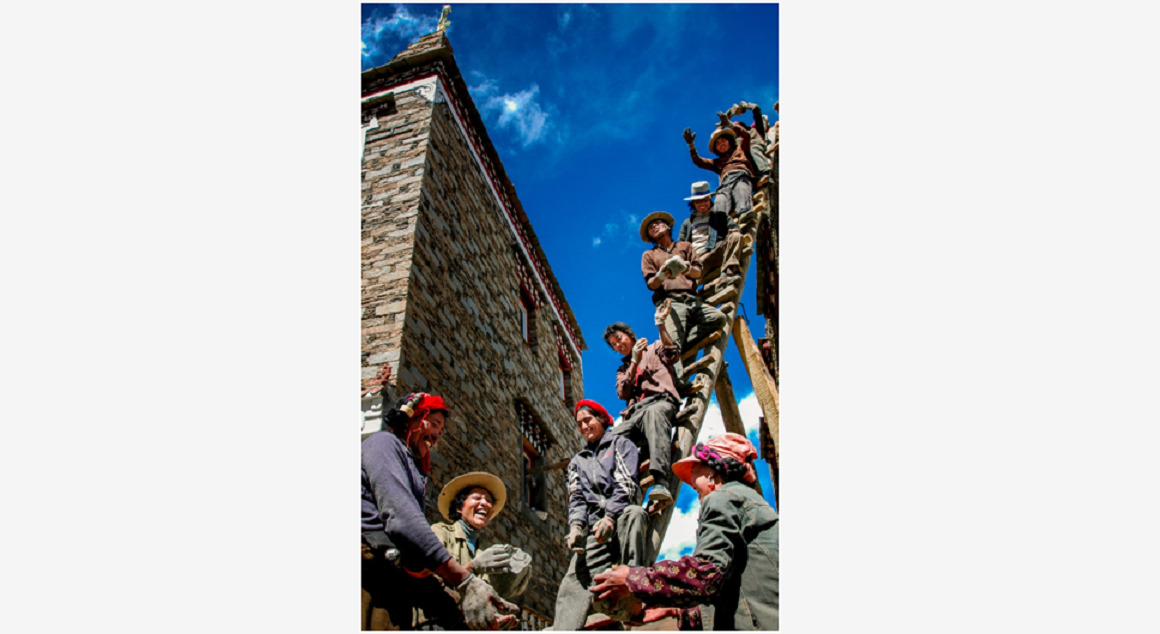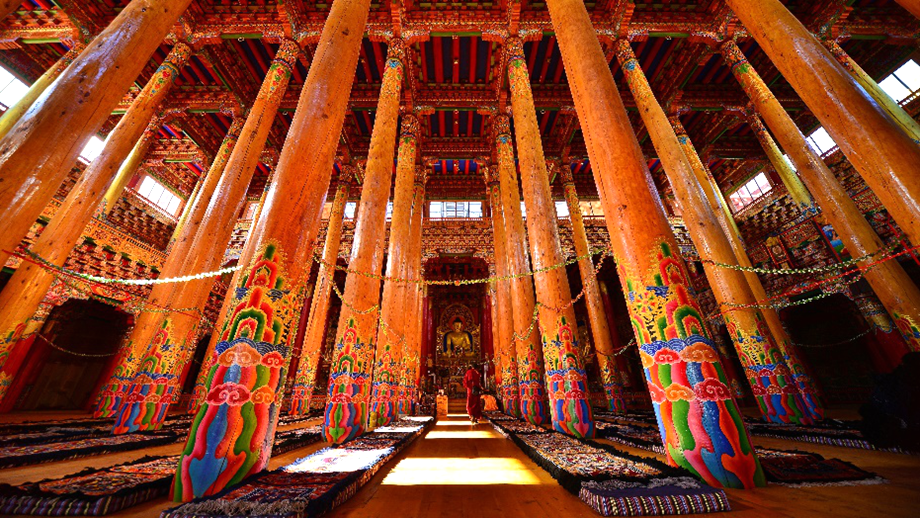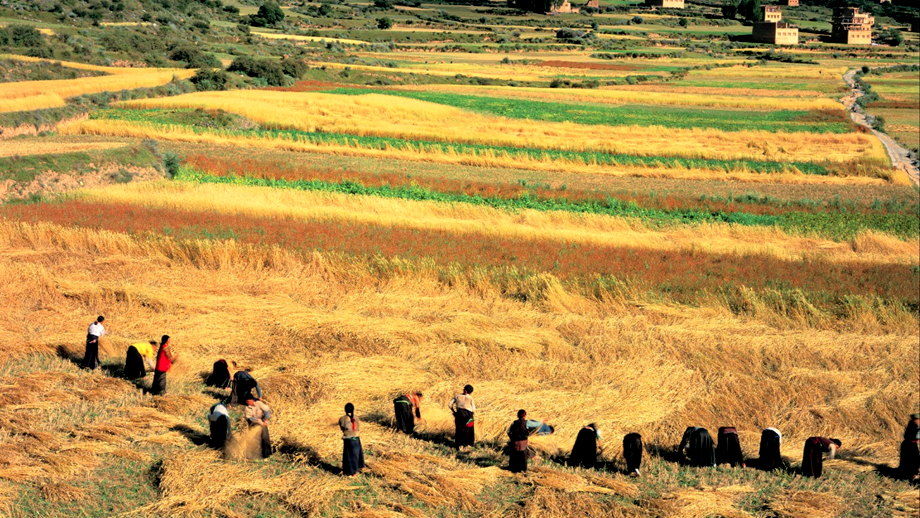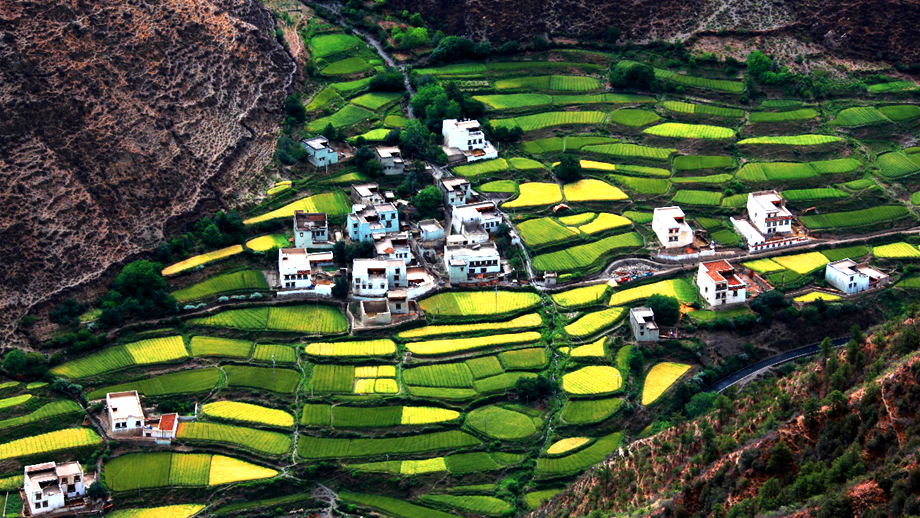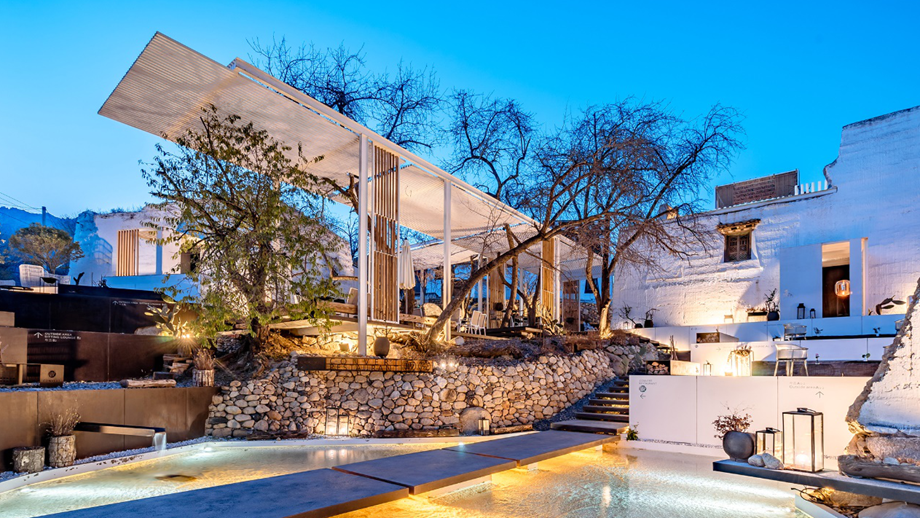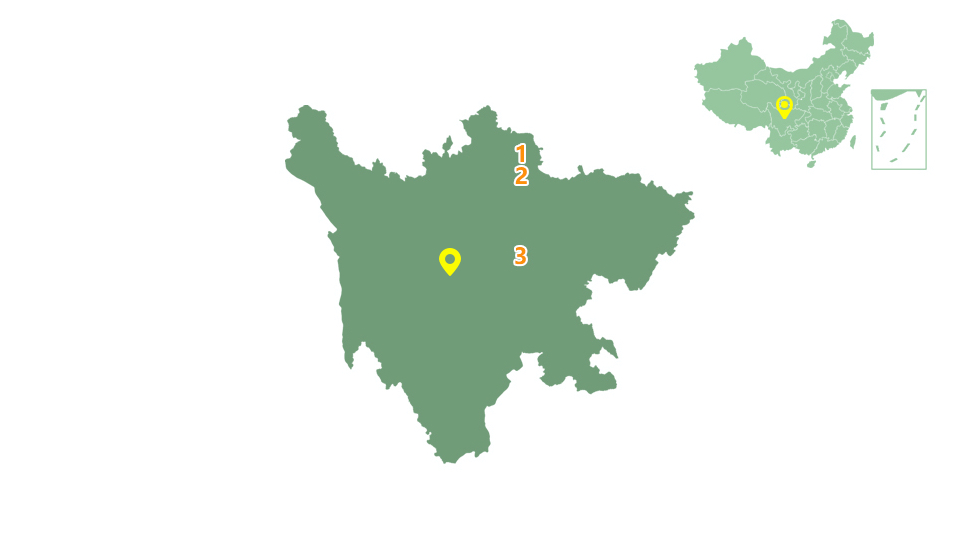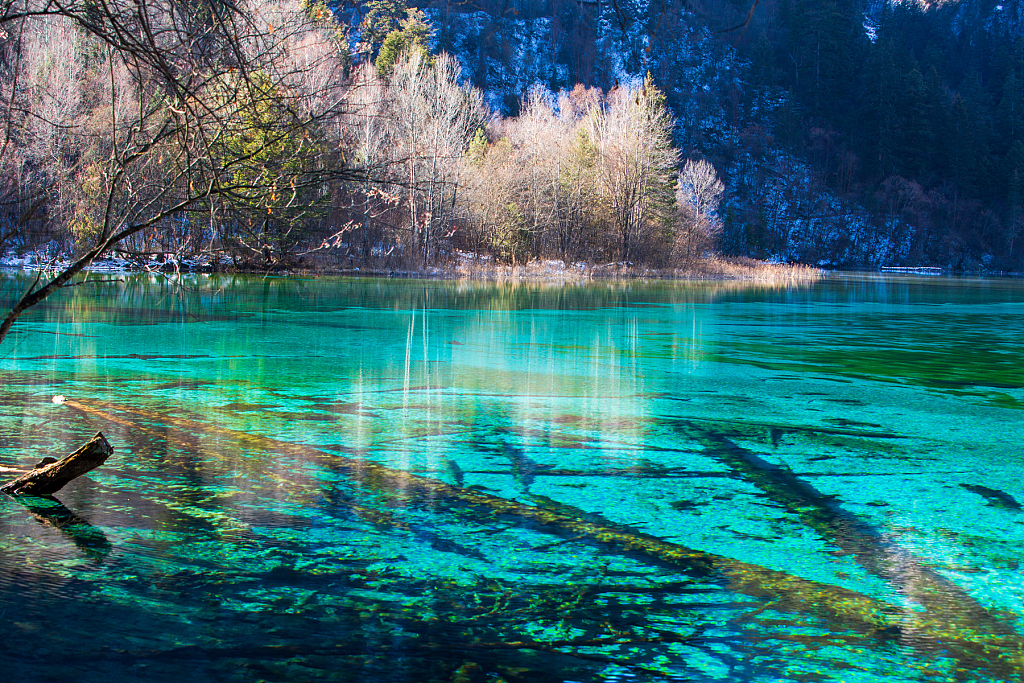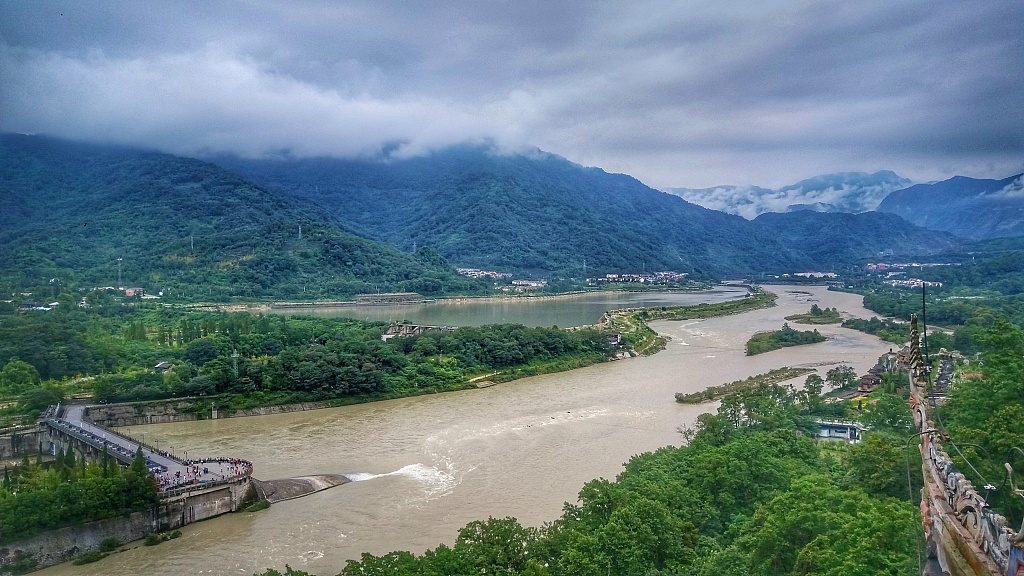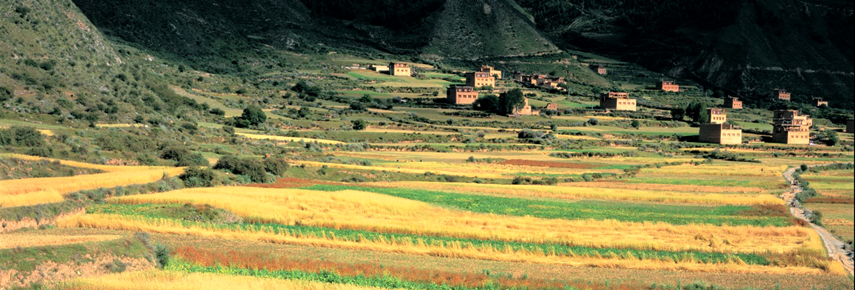
Garzê Tibetan Autonomous Prefecture, Sichuan Province, China
Garzê Tibetan Autonomous Prefecture is located in the west of Sichuan Province, lying at the junction of six regions in Sichuan, Yunnan, Tibet and Qinghai. There are three civil airports in the prefecture, the Kangding, Daocheng Yading and Garze Gesar airports. To reduce poverty through tourism, Garzê Prefecture has in recent years worked vigorously to develop all-for-one tourism. Through brand building, integration of industries, creation of a benefit-sharing mechanism, improvement of the planning system for poverty alleviation through tourism, development of urban and rural tourism as a whole and provision of tourism jobs for impoverished people, the prefecture has blazed a special path of tourism development in line with the reality of the plateau. Over the past five years, the number of tourists visiting Garzê Prefecture has increased by 150%, with an average annual growth of 27.26%. In 2019, with the opening to traffic of Yakang Expressway and Gesar Airport, all-for-one tourism in the prefecture registered a soaring growth. 33.17 million tourists came to visit and the tourism revenue reached 36.6 billion RMB. Garzê Prefecture now has 57 A-level scenic areas, a national eco-tourism demo zone and a provincial-level tourist holiday resort. There are 21 travel agencies, 34,000 registered tourism-related businesses and 5,130 tourist hotels in the prefecture.
